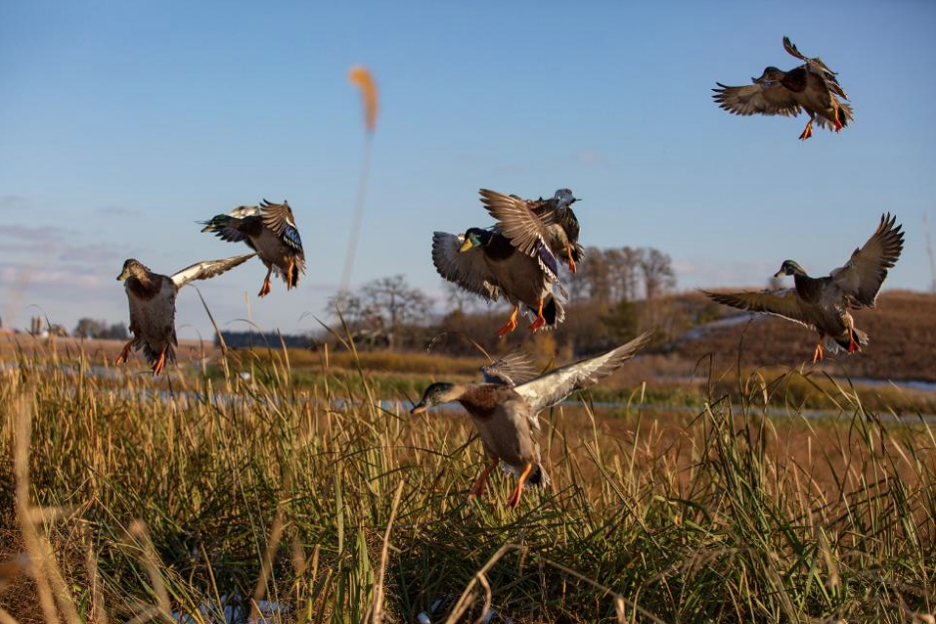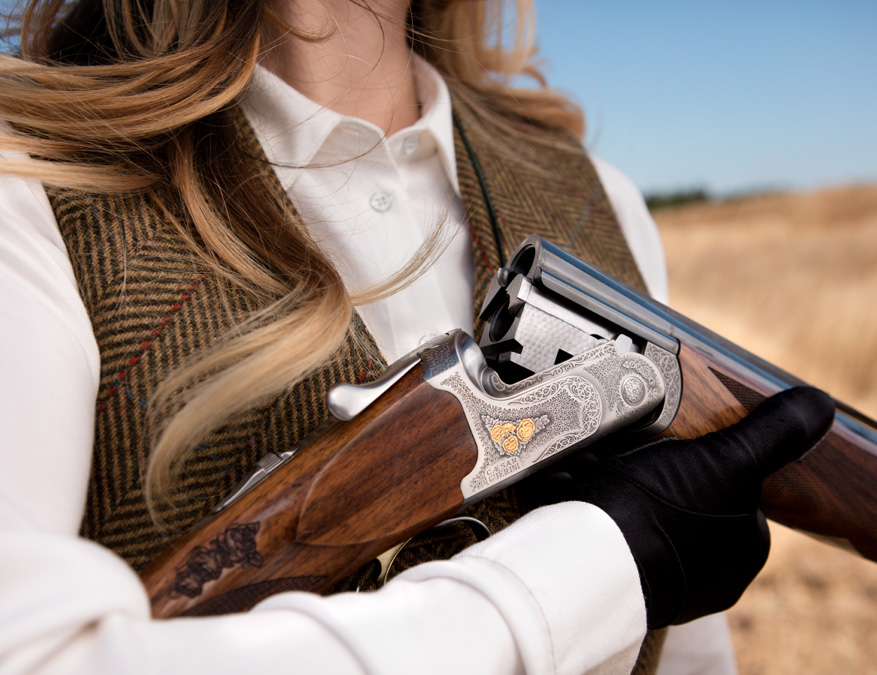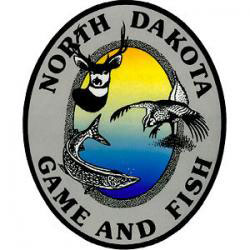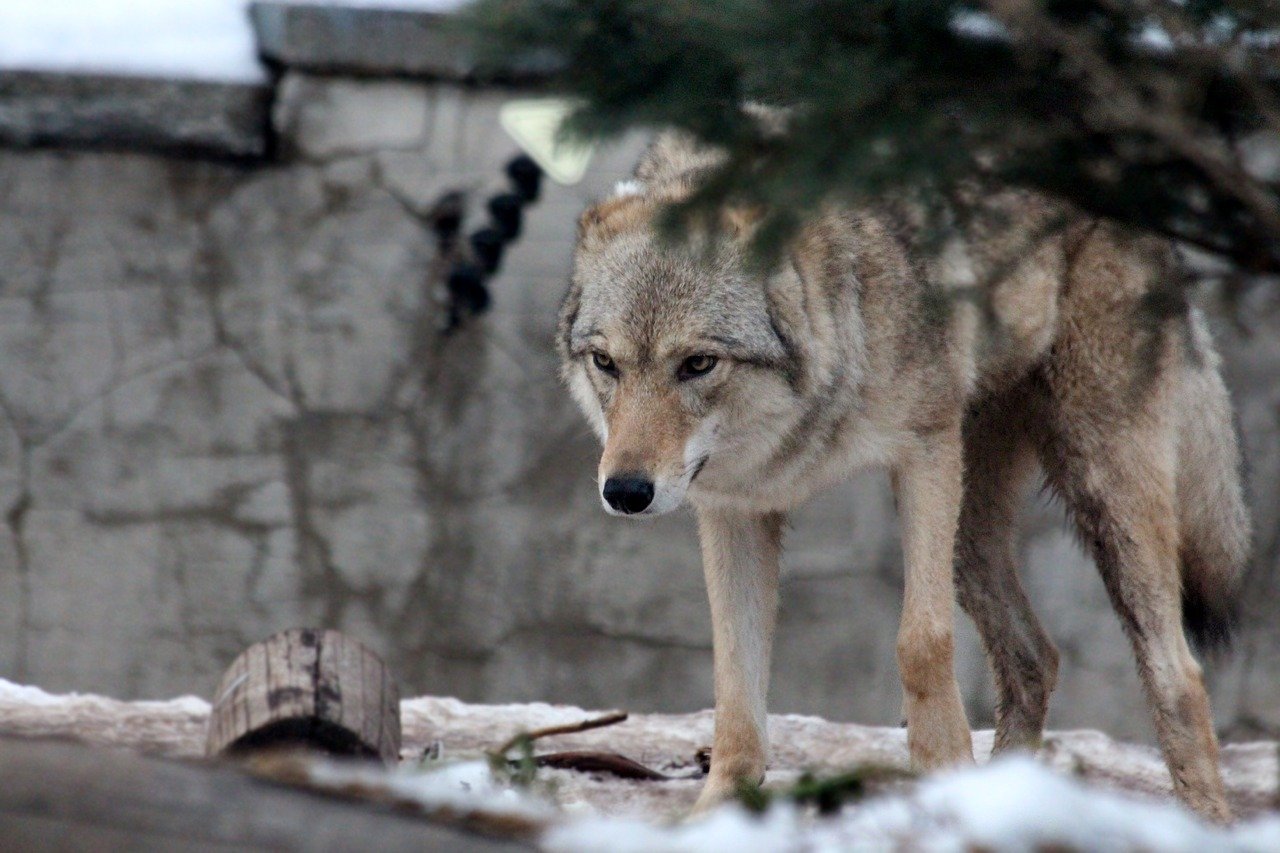How the cradle of our continent’s bird life is being rocked
When last September’s chilling news from Cornell University’s Laboratory of Ornithology hit press wires reporting a decline of some three billion birds across North America since the 1970s, there was one group in Chicago already making plans to raise awareness about the shocking problem and the little-known habitat that holds the key to continental bird populations.
“The prairie wetlands that stretch mostly from western Canada to North and South Dakota are as ecologically important to North America as the Amazon is to South America or the Serengeti is to Africa,” says Charles Potter, Max McGraw Wildlife Foundation President and CEO. “Yet few people know of this important and imperiled ecosystem. We’re going to change that.”
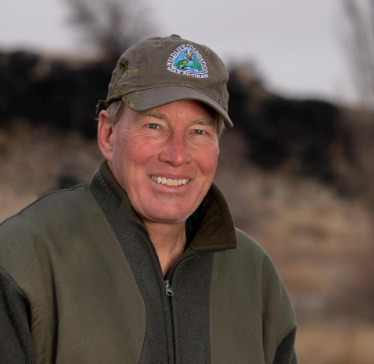
Max McGraw Foundation President and CEO Charles Potter has enlisted a broad coalition of conservation organizations and philanthropists to marshal a campaign to raise awareness of the importance of prairie wetlands to billions of birds and other species across North America. Photo by John MacGillivray, Dorsey Pictures
McGraw set out to build a coalition of conservation organizations and leading philanthropists from across the continent to create an unprecedented media and educational campaign that is designed to brand the prairie wetlands, giving it top of mind awareness to bird lovers, conservationists and everyday people across the continent.
“People have to know about this remarkable place before they’ll care about it,” says Potter, “before they’ll be moved save it.”
The prairie wetlands consist of a 275,000-square mile region where some 70 percent of the North America’s waterfowl are produced. In addition, 225 other migratory bird and dozens of mammal species call the region home, including many that are either threatened or endangered.
The landscape consists of innumerable ponds, lakes and wetlands that are the perfect nursery for all manner of water and song birds. The landscape was created by glaciers of the last Ice Age that scooped and carved a nearly even mix of land and water. When the glaciers retreated, they left meltwater that filled thousands of ponds and wetlands known as “potholes.”
“If you were to design the perfect ecosystem for waterfowl,” says Potter, “it would look like the prairie wetlands.”
McGraw enlisted the support of conservation heavyweights Ducks Unlimited and Delta Waterfowl along with a who’s who roster of leading conservation philanthropists to fund an unprecedented campaign to showcase and celebrate the importance of this ecosystem. The anchor of the effort is an IMAX/Giant Screen film called Wings Over Water 3D that will be released in the spring-summer of 2021 and that will be shown throughout North America and the world at prestigious museums, science and technology centers and aquariums. The film follows sandhill cranes, mallard ducks and yellow warblers (among many other species) as they embark on harrowing migratory journeys to reach their prairie breeding grounds.
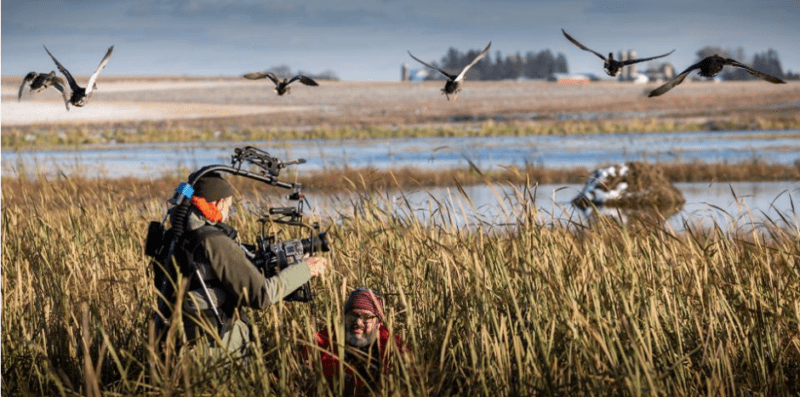
Academy-award nominated filmmaker Andrew Young gets up close and personal with ducks in one of countless prairie potholes that were created when glaciers of the last Ice Age scooped and carved thousands of wetlands and filled them as they receded. The ecosystem is a perfect prescription for bird production–more than 200 migratory bird species call the region home part of the year…including many that are threatened or endangered. Photo by John MacGillivray, Dorsey Pictures
In addition to the film, McGraw has assembled a speakers bureau of wetland and water bird experts along with two public relations firms that will extend the film’s message well beyond giant screen theaters. Educational campaigns and curriculum to showcase these little known and remarkable habitats also are being developed for distribution through school systems across the continent.
“No media format can immerse an audience into an environment better than IMAX,” says Wendy MacKeigan of Toronto-based SK Films, a leading Giant Screen distributor tasked with taking the production to market. “The film will virtually transport movie-goers to the prairie wetlands. While few people will ever set foot in this ecosystem, by employing the power of IMAX we will take millions of North Americans to this unique habitat as only the giant screen can do.”
“This will be an important movie to give voice to a special place,” says Potter. “Using the film as a catalyst to celebrate the importance of the prairies will resonate from classrooms to board rooms and all the way to the halls of Congress.”
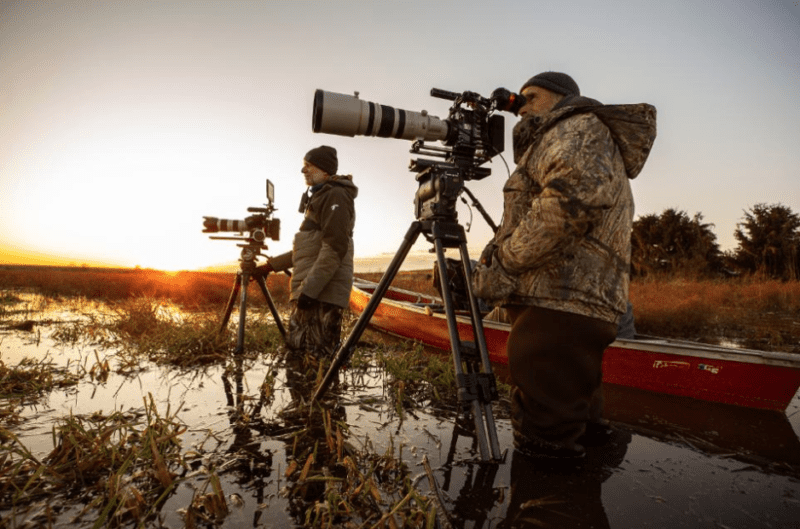
Award-winning cinematographer Neil Rettig (foreground) and Young wait in a North Dakota wetland for the evening arrival of ducks. Photo by John MacGillivray, Dorsey Pictures
McGraw brought in Academy Award-nominated natural history filmmakers Andrew Young and Susan Todd to produce the film. “It’s not so much about making a film,” says Young, “as it is creating a movement to save these rich habitats—most of which have already been lost.”
Golden Globe and Academy Award nominated actor Michael Keaton (Birdman, Spider-Man, Spotlight, Batman, Beetlejuice), a long-time conservationist, will narrate the film.
“Our effort is aimed at bringing back one billion birds,” says Potter. “It’s a tall order but a challenge we must embrace…for the birds and for us.”
This article originally appeared in Forbes. Follow Sporting Classics TV host Chris Dorsey at Forbes.
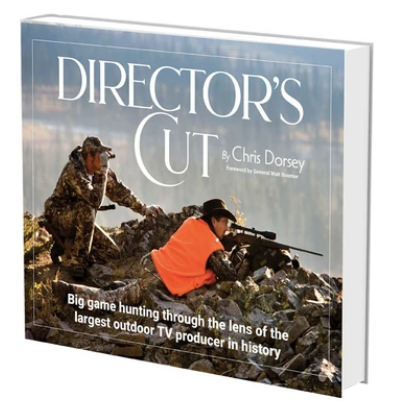 The World Of Sporting Literature Has A New Classic from one of the planet’s most widely traveled hunters. Director’s Cut…Big game hunting through the lens of the largest outdoor TV producer in history, is a book and film production more than 15 years in the making. Author and Executive Producer Chris Dorsey, along with a team of the world’s best sporting life photographers and cinematographers, embarked on expeditions to distant corners of the globe to create an indelible portrait of big game hunting.
The World Of Sporting Literature Has A New Classic from one of the planet’s most widely traveled hunters. Director’s Cut…Big game hunting through the lens of the largest outdoor TV producer in history, is a book and film production more than 15 years in the making. Author and Executive Producer Chris Dorsey, along with a team of the world’s best sporting life photographers and cinematographers, embarked on expeditions to distant corners of the globe to create an indelible portrait of big game hunting.
Dorsey has spent the past 25 years investigating and chronicling the animals, people and unforgettable places home to remarkable big game hunts while producing nearly 60 outdoor adventure television series. In the process, his teams amassed a library of more than 100,000 hours of HD footage and nearly 150,000 photographs, making Director’s Cut (the book and DVD) an unmatched celebration of the world of big game hunting. Pre-Order Now

